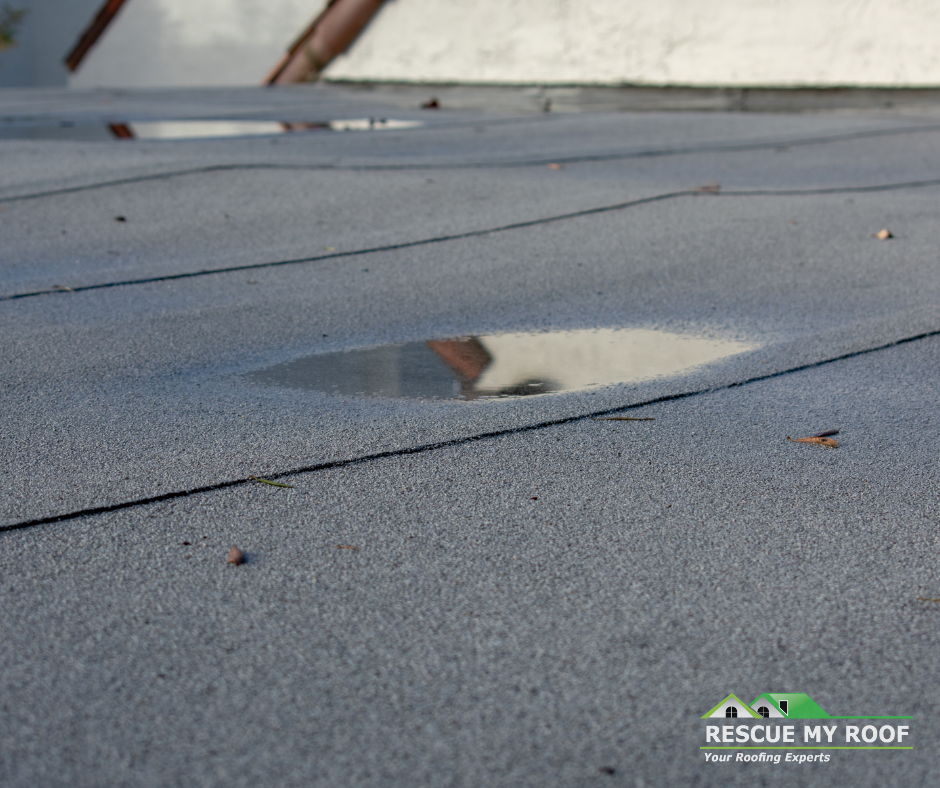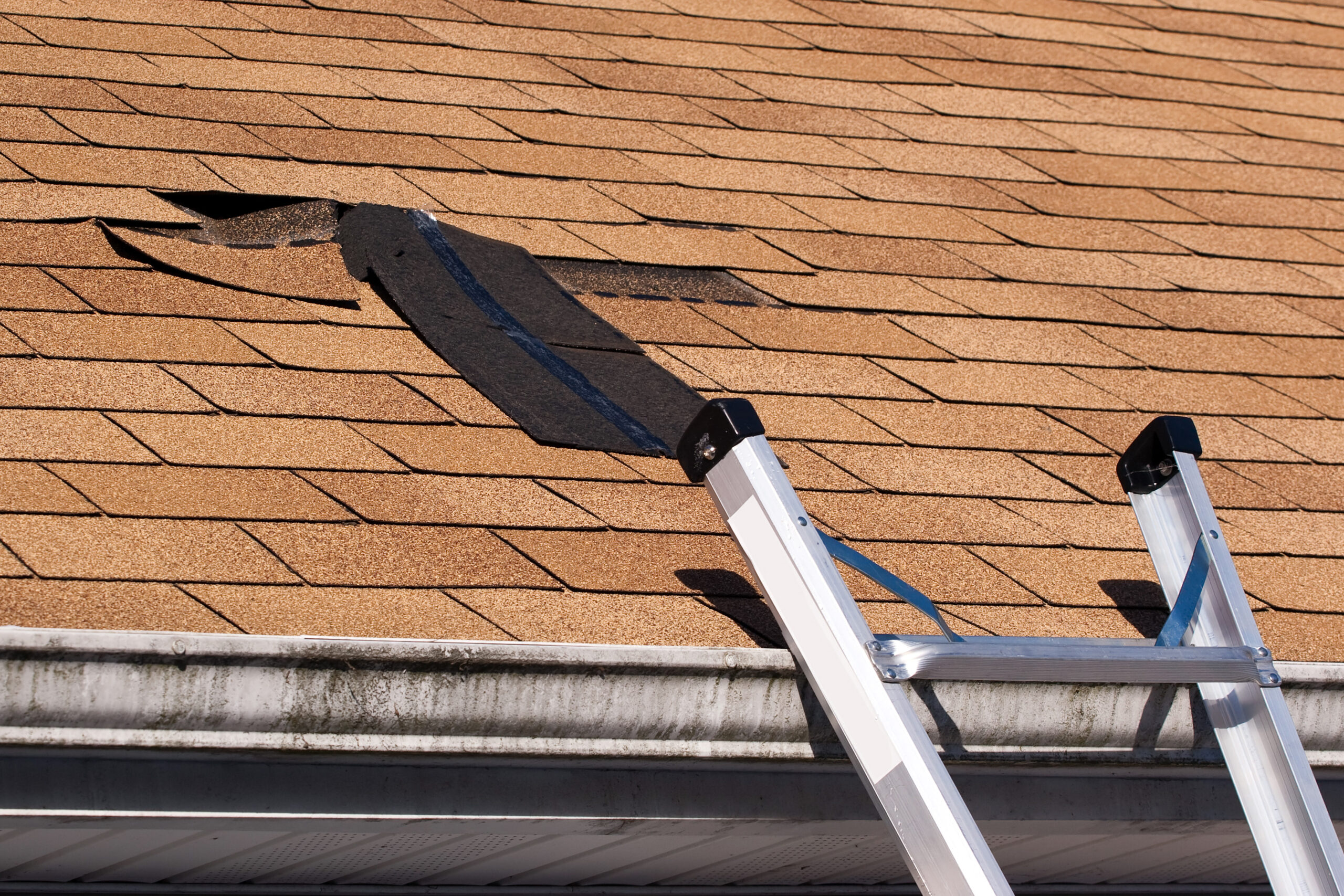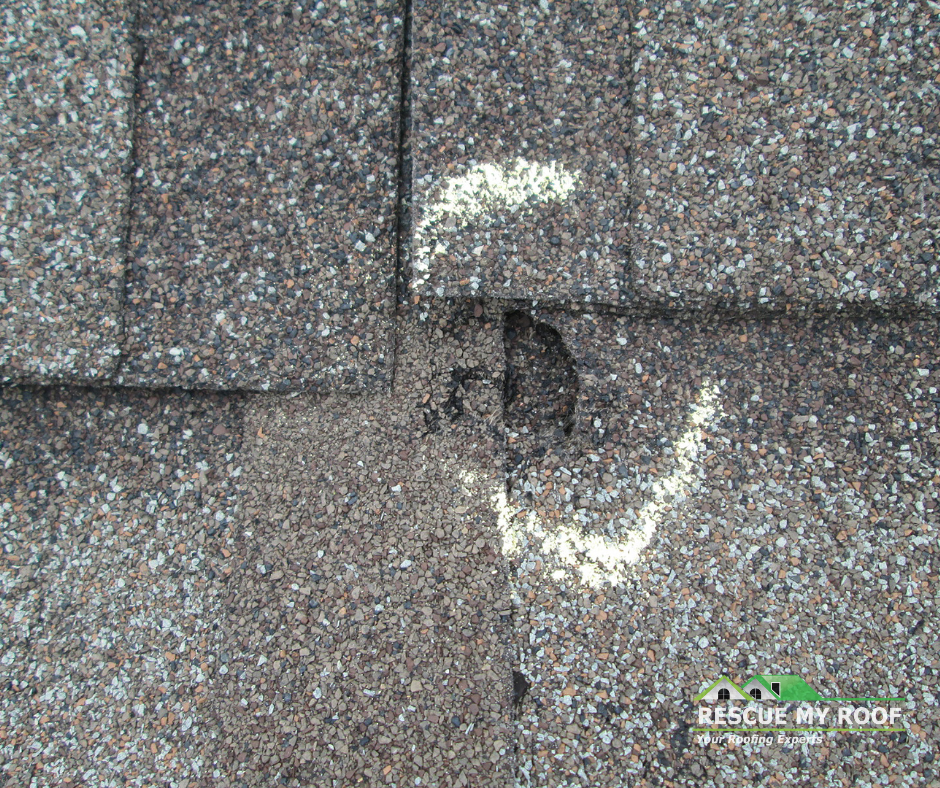6 Most Common Roofing Problems (& How to Handle Them)
We’ve all heard horror stories about roof leaks and costly repairs – but are those the only issues plaguing roofs?
Roof issues come in many different forms. From leaks to poor ventilation, if your roof is facing a problem, it puts your home and wallet at risk.
Rescue My Roof has been educating homeowners for over a decade, helping them easily navigate challenging roofing issues.
This article will cover the six most common roofing issues, their signs, and what to do when you notice them. Ultimately, you’ll know how to navigate any roof issue while minimizing damage to your home.
What Are the Most Common Roofing Issues?
Roofing problems can be very frustrating and cost homeowners a lot of money. It is essential to ensure that your roof is in good condition to avoid water damage, mold, and other costly problems.
Here are the six most common issues:
1. Leaks
Leaks are the most common roofing problem. They can occur for various reasons, such as poor installation, aging, or damage caused by severe weather conditions. Unfortunately, they’re typically noticeable only after significant damage occurs.
To prevent leaks, inspecting your roof twice a year is essential. Look for any cracks, holes, or missing shingles. Also, ensure that your gutters are clean and debris-free, as clogged gutters can cause leaks.
Additionally, check your roof after massive weather events like storms or blizzards. If there are damaged shingles or moisture in your attic, it’s a sign that a leak has begun, and you need a roofing contractor ASAP.
2. Poor Installation
Poor installation can cause a lot of problems with your roof. It can lead to leaks, poor ventilation, and even structural damage.
The only way to avoid poor installation is to ensure you hire a professional roofing contractor to install your roof. A reputable contractor is licensed and insured and may have certifications from a specific shingle manufacturer.
You can ask the contractor to provide their insurance and certification documents for your roof estimate. Additionally, you can ask for their portfolio and references and look up reviews online.
If you notice they’ve been in business less than five years, have negative reviews, or don’t have an expensive portfolio, it may be your sign to find another company.
3. Ponding Water

Ponding water is a common problem for flat roofs. It occurs when water accumulates on the roof, causing damage to the roofing material.
Flat roofs are installed at a slight slope to prevent this problem, otherwise known as a tapered roof installation. Also, ensure that your roof is inspected regularly to identify areas where ponding water may occur.
If left unattended, ponding water can cause roof sagging and leaks. Call a professional to fix low spots, flush the drains, or add more drain lines to drain excess water.
4. Blow-offs

Blow-offs occur when strong winds blow off shingles or other roofing materials.
Again, the best way to avoid this issue is to do your due diligence when choosing a roofing contractor. Poor installation is the leading cause of blown-off shingles.
If shingle loss results from a storm, your insurance may cover repairs. File a claim with your insurance company before contacting a contractor to see your options.
5. Hail Damage

Hail damage can be either tough to notice or very easy. When the damage is severe enough (1 inch in diameter or more), spotting it on your roof will be easier.
We like to compare hail damage to the dimples on a golf ball. Typically your roof is flat. When hail damage occurs, it will make the texture of your roof comparable to the dimples of a golf ball.
But just because your roof doesn’t have those large dimples or dents doesn’t mean you don’t have hail damage.
You may notice dents/splatter marks on your roof vents, gutters, flashings, and other penetrations.
If your roof has the above mentioned damage, you may have to file a homeowner’s insurance claim.
Call your homeowner’s insurance first. While a roofing contractor can help you navigate the insurance process, the work cannot begin until the insurance adjuster approves the hail damage claim.
To learn more about what homeowner’s insurance will and won’t cover, read “Will Insurance Cover My Roof Repairs or Replacement?”
6. Poor Ventilation
Ventilation on your roof is designed so that hot, humid air does not get trapped in your attic space. Intake and exhaust vents allow air to circulate through your attic, keeping everything dry and your roof at an even temperature.
When you don’t have enough intake or exhaust vents or have insulation blocking the vents you do have, it can be a recipe for disaster. It increases the risk of mold in the attic, ice dams, and high energy bills.
If you spot any signs of poor ventilation, call a roofing contractor ASAP.
Getting A Roof Estimate
Leaks, hail damage, and other roofing issues can be frustrating. But you don’t have to live with the pressure of an impending roof replacement. Call a local roofing contractor for a free estimate and begin the process.
You can learn more about estimates with “3 Things to Compare When Looking At Roof Estimates” and “What To Expect At Your Roof Estimation Appointment.”
Do you need a roof estimate in Southeastern Wisconsin? Contact the experts at Rescue My Roof to get a free estimate.


